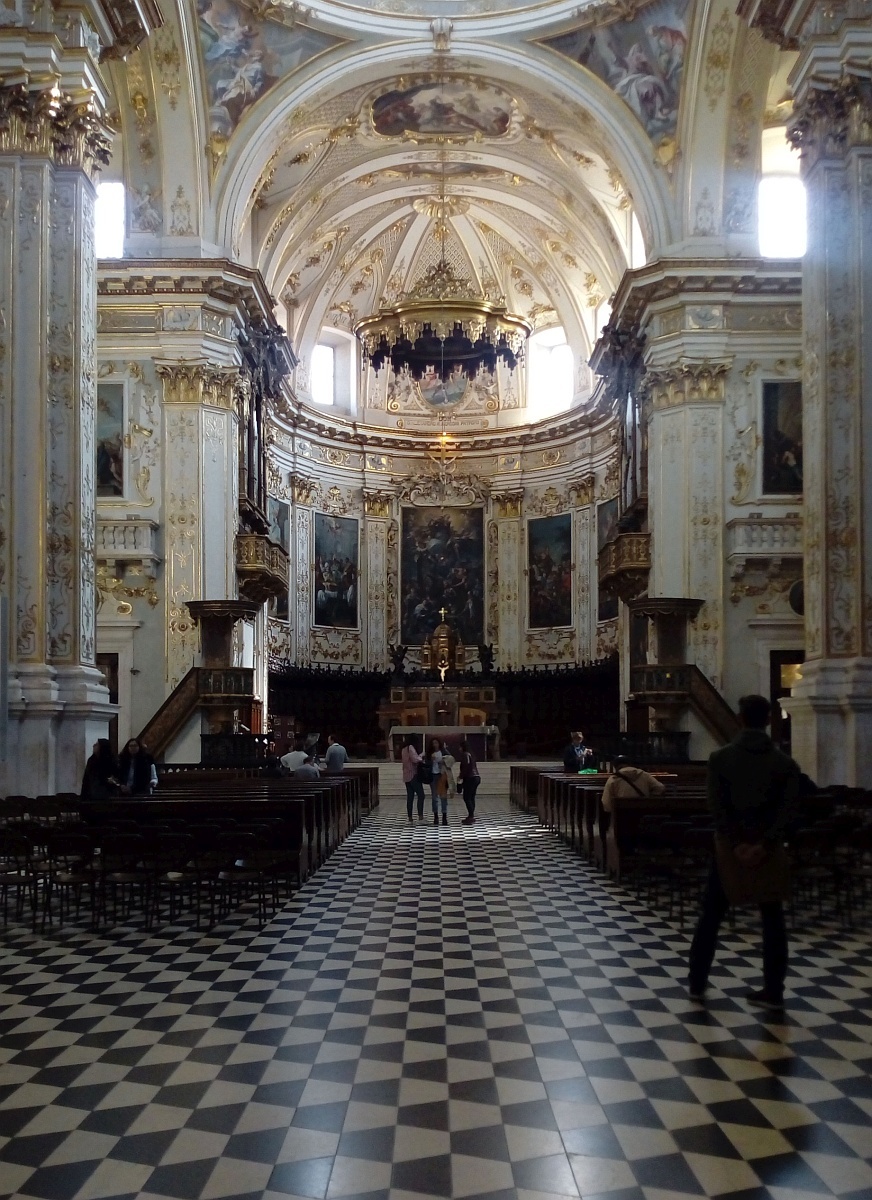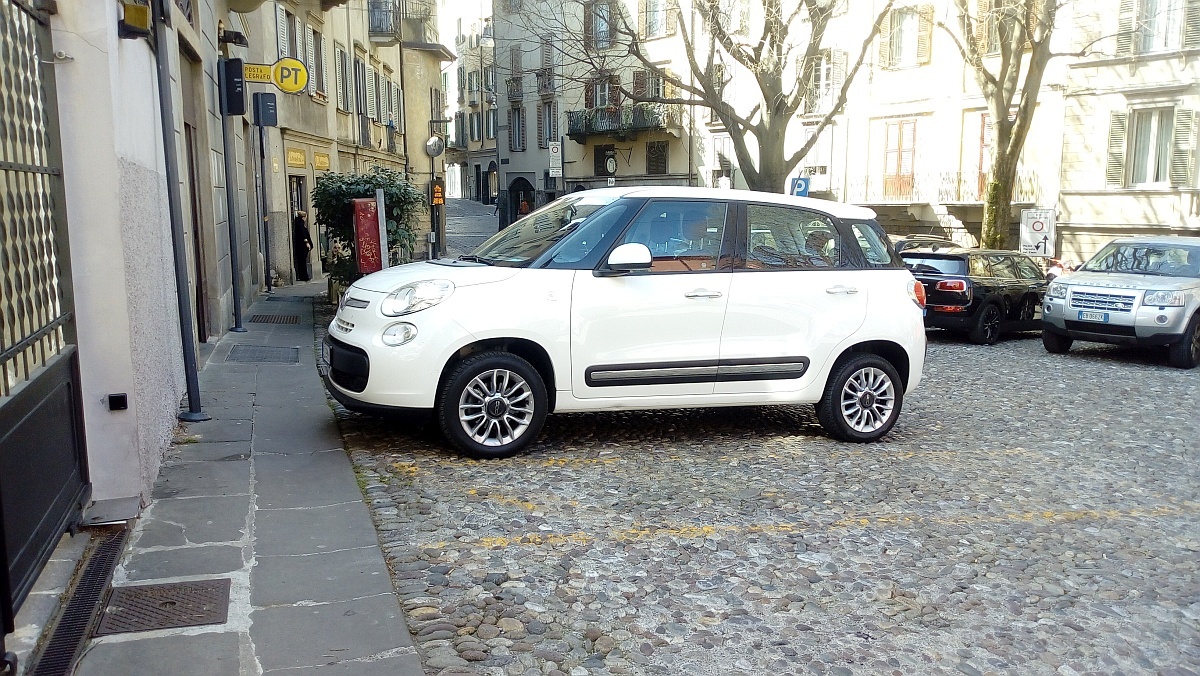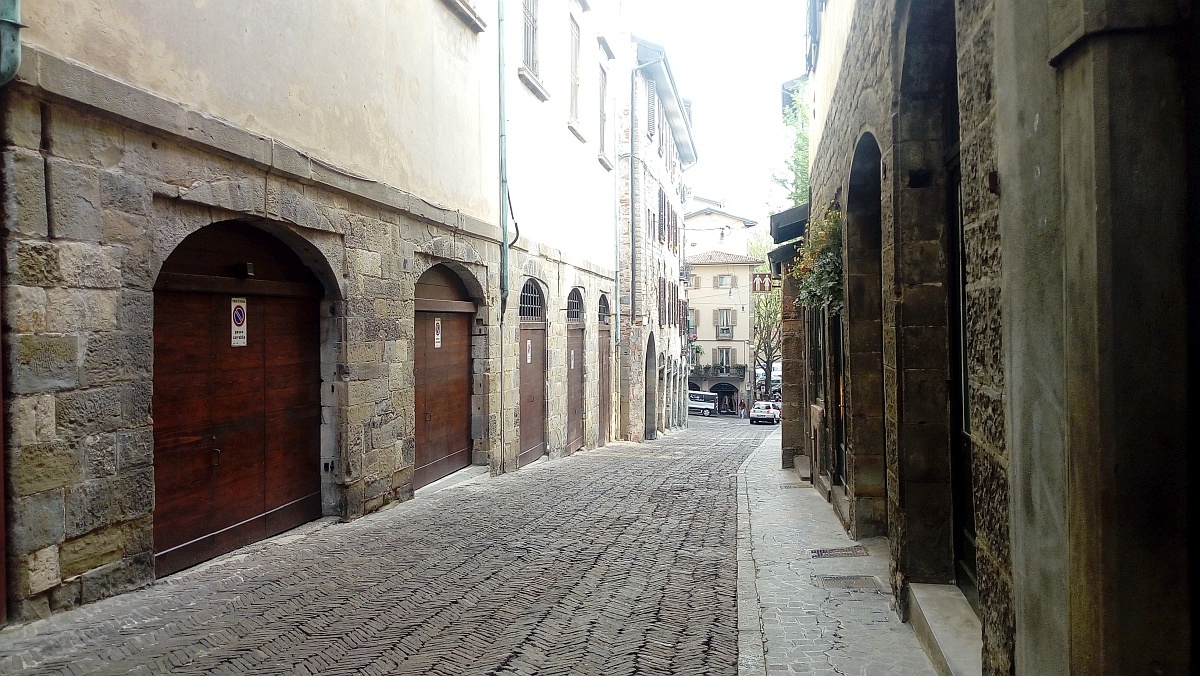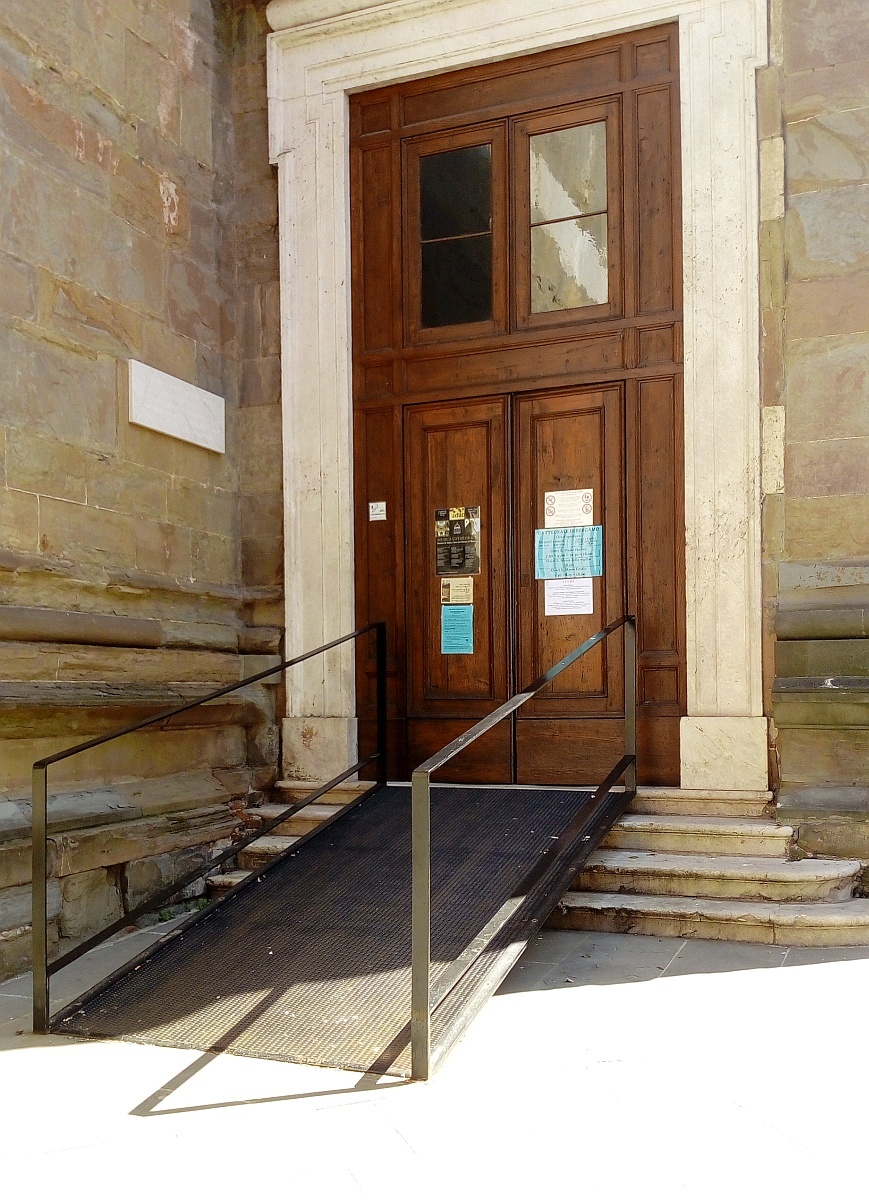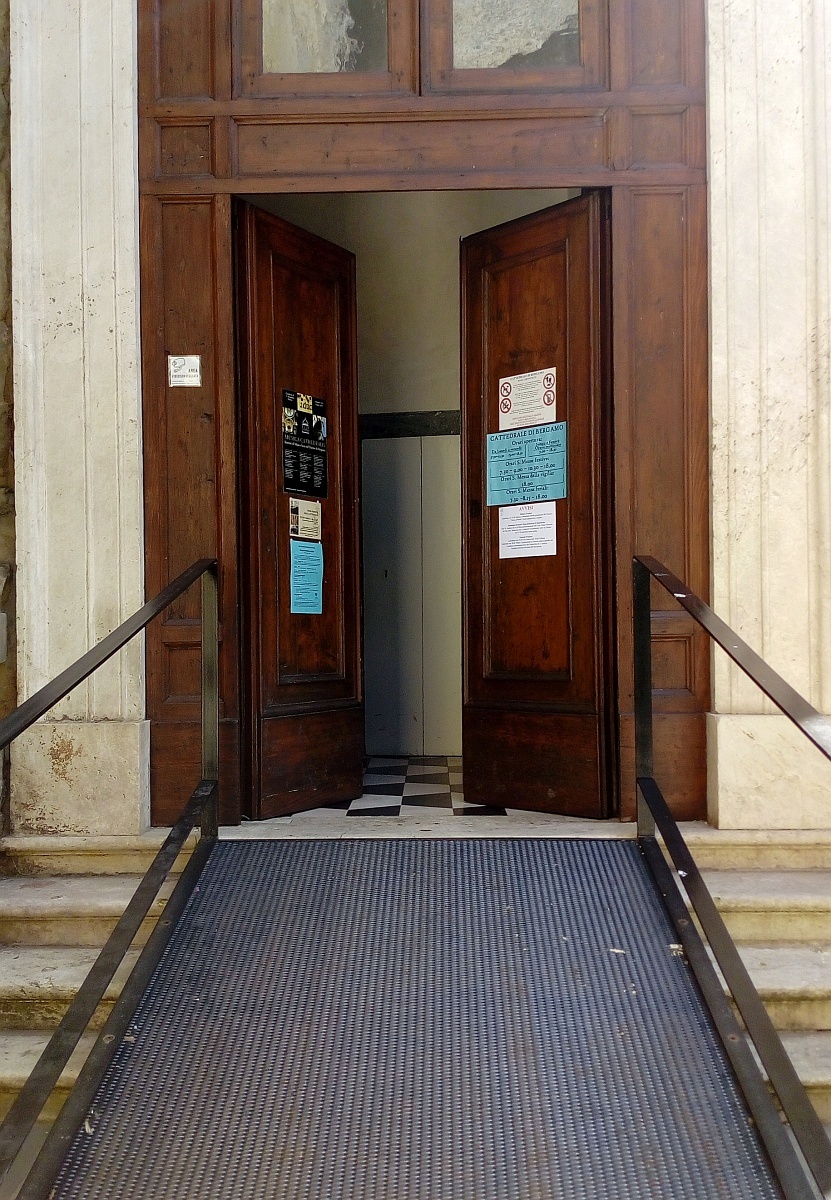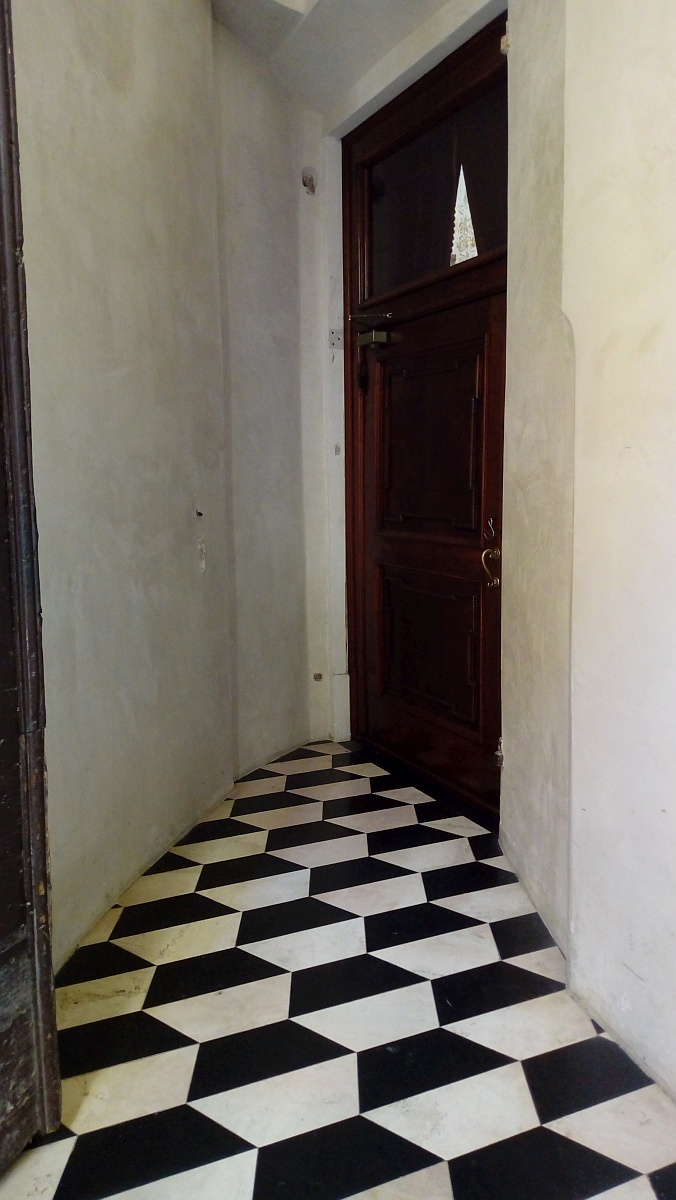Bergamo Cathedral, officially the Cathedral of Saint Alexander Martyr, stands majestically on the square of the same name, in the heart of the bustling Città Alta. This place, steeped in history and spirituality, has its roots in a distant past, as evidenced by the archaeological layers of the subsoil which reveal the presence of a place of worship as early as the 5th century AD.
History of Bergamo Cathedral: From Origins to the Cult of Saint Alexander
The history of the Cathedral is a fascinating intertwining of events and transformations. An initial religious building dating back to the 8th century, dedicated to San Vincenzo of Saragozza, remained standing until the mid-fifteenth century, when the Florentine architect Filarete was commissioned to erect a new Latin cross structure.
However, Bergamo already had a cathedral, the one dedicated to Saint Alexander, the city’s patron saint. For most of the Middle Ages, the two imposing churches competed, until in 1561, during the Venetian domination, the cathedral of Sant’Alessandro was demolished to make way for the imposing walls that still embrace Bergamo Alta today. From that moment on, the church of San Vincenzo assumed the title of Sant’Alessandro, becoming the only city cathedral.
Artistic Treasures: Moroni, Previtali, Tiepolo and the Wonders of the Duomo
Crossing the threshold of the Cathedral, the visitor is immediately enveloped in an atmosphere of solemnity and beauty. The interior contains countless artistic treasures, testimony to the fervent devotion and patronage that have animated the city over the centuries. Among the most precious works are the paintings by Giovan Battista Moroni and Andrea Previtali, masters of the Bergamo Renaissance, and the evocative “Martyrdom of Saint John Bishop” by Giambattista Tiepolo, an explosion of color and dynamism. There is also an altarpiece by Carlo Ceresa, precious inlaid wood works and marble sculptures created by Andrea Fantoni, a highly skilled interpreter of Baroque taste.
The Tiara of Pope John XXIII: A Masterpiece of Goldsmithing
But the most precious and meaningful testimony is undoubtedly the tiara of Pope John XXIII, the Bergamo pontiff proclaimed a saint. This sparkling headdress, created by the silversmith Attilio Nani, is a triumph of gold, pearls, rubies, diamonds and emeralds, a tangible symbol of the greatness and spirituality of Pope Roncalli.
Saint Alexander: Patron Saint of Bergamo and His Relics
The Cathedral is named after Saint Alexander, the patron saint of Bergamo, whose remains are kept in an urn located on the high altar. The story of Saint Alexander is shrouded in legend: it is said that Christianity came to Bergamo thanks to the Christian Roman prisoners from the East, condemned to work in the iron mines of the Val Seriana. These “Damnati ad Metalla”, once freed, converted to the cult of San Vincenzo of Saragozza, building several churches, including the one that would later become the Duomo.
The Duomo Today: Visitor Information
Today, Bergamo Cathedral continues to be an active place of worship and a major tourist attraction. Open to visitors, it offers the opportunity to admire its artistic wonders up close and immerse yourself in the history and spirituality that pervade it.






